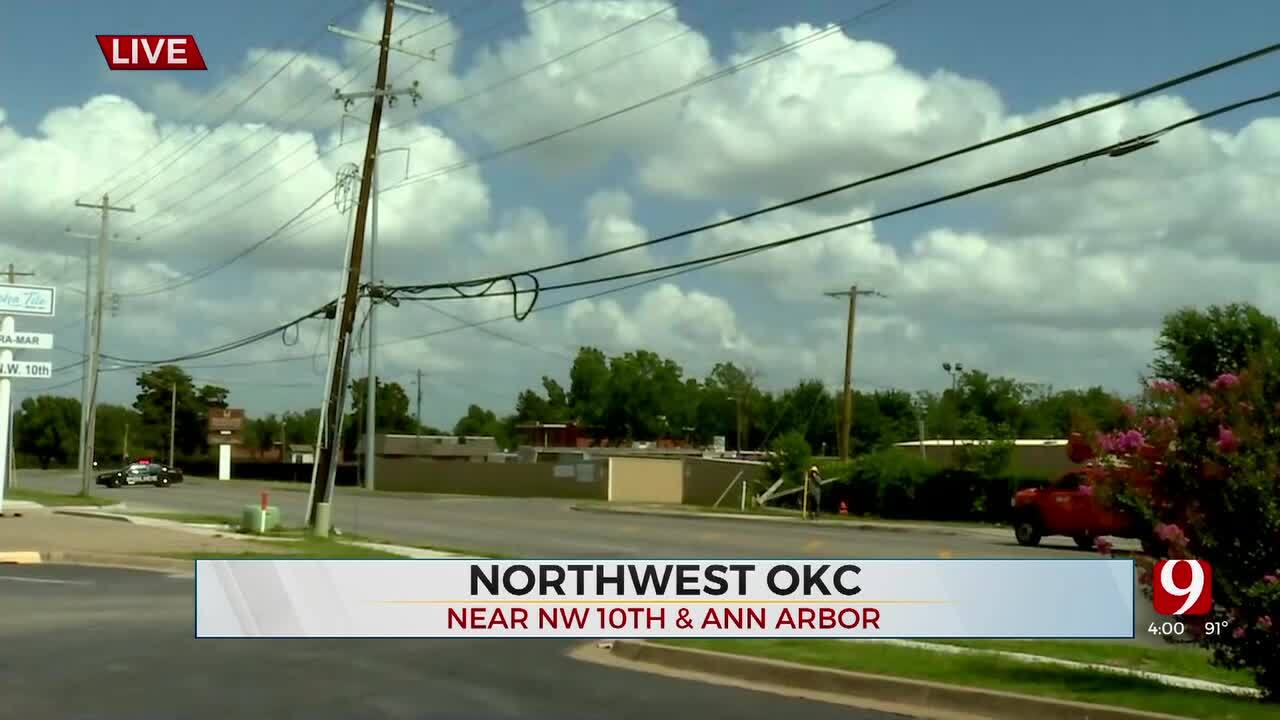Hidden Histories: Jewish Resilience In A Famous WWII Image

Table of Contents
The Context of the Image: Understanding the Historical Backdrop
Bourke-White's photograph, taken in the immediate aftermath of the liberation of Buchenwald, offers a chilling yet powerful glimpse into the aftermath of Nazi atrocities. Buchenwald, located near Weimar, Germany, served as one of the largest and most notorious concentration camps in Nazi Germany. Its operation spanned from July 1937 until its liberation by the U.S. Seventh Army on April 11, 1945. The image captures the emaciated survivors, their faces etched with suffering yet hinting at an underlying strength.
This image must be understood within the broader context of the Holocaust, the systematic state-sponsored persecution and murder of six million Jews by the Nazi regime and its collaborators. The Shoah, as it's known in Hebrew, involved the systematic dehumanization, segregation, and ultimately extermination of Jews across Europe. Key events like Kristallnacht (the "Night of Broken Glass"), the Warsaw Ghetto Uprising, and the establishment of the death camps like Auschwitz-Birkenau, created a climate of terror and death.
- Specific details: The photograph was taken in April 1945, shortly after the liberation of Buchenwald concentration camp. The exact location within the camp is not always specified but it shows the immediate aftermath and the state of survivors.
- Key figures/events: The image is intrinsically linked to the figure of Adolf Hitler and the Nazi regime, as well as to the Allied forces who liberated the camp and the impact of their actions on the lives of survivors.
- Significance: The liberation of Buchenwald, and images like Bourke-White's, served as powerful evidence of the Nazi atrocities, galvanizing international condemnation and shaping the post-war world.
Unveiling Hidden Narratives: The Stories Behind the Faces
Bourke-White's photograph, at first glance, shows the physical toll of starvation and brutal treatment. However, a closer examination reveals more. While individual identities are impossible to definitively ascertain from the photograph itself, the expressions on the faces – a mixture of exhaustion, disbelief, and perhaps a flicker of hope – speak volumes. The skeletal frames, the vacant stares, and the tattered clothing are all physical manifestations of the unimaginable suffering endured. Yet, even within this despair, the photograph hints at something else: resilience.
- Observations: The individuals depicted show varying degrees of physical deterioration, suggesting different lengths of captivity and varied experiences within the camp. However, even in their weakened state, many appear to maintain a sense of dignity.
- Inferences: We can infer that these individuals endured extreme hardship, including starvation, forced labor, and constant terror. Their survival speaks to an inner strength, a refusal to be broken, even under the most brutal circumstances.
- Historical accounts: While specific individual stories linked directly to this particular photograph may be hard to pinpoint, numerous survivor testimonies paint a vivid picture of the experiences endured in Buchenwald, echoing the emotions evident in Bourke-White's image.
Resilience and Resistance: The Unsung Acts of Jewish Survival
The sheer act of survival in Buchenwald and similar camps constitutes an act of profound resilience. Jewish prisoners demonstrated incredible strength in the face of unimaginable suffering. This resilience manifested in various ways: maintaining faith and religious practices in secret, providing mutual support within a community, and even acts of active resistance, often undertaken at great personal risk. These quiet acts of defiance, often hidden from the eyes of the Nazis, demonstrated an enduring will to live.
- Examples of resilience: Maintaining hope and faith, offering comfort and support to fellow prisoners, quietly subverting rules, preserving cultural practices, and planning for survival were common forms of resistance among Jewish individuals.
- Specific examples: While Bourke-White's photo doesn't directly display overt acts of resistance, the mere survival of these individuals, captured at this moment of liberation, speaks to the capacity for resilience in the face of the most extreme adversity.
- Importance of remembering: Remembering these stories is crucial for combating historical revisionism and antisemitism and understanding the enduring power of the human spirit.
The Image's Legacy: Preserving and Sharing these Hidden Histories
Bourke-White's photograph has become a powerful symbol of the Holocaust and the struggle for survival. Its enduring impact lies in its ability to convey the sheer horror of the Nazi regime while simultaneously highlighting the indomitable spirit of those who survived. The image continues to be used in educational materials, historical documentaries, and exhibitions, ensuring that these "hidden histories" are not forgotten.
- Educational use: The photograph serves as a crucial visual aid in teaching about the Holocaust, prompting reflection on the impact of genocide and the importance of remembrance.
- Holocaust remembrance: Preserving and sharing this and similar images is essential for combating historical denial and antisemitism, while honoring the memory of those who perished and celebrating the resilience of the survivors.
- Organizations: The United States Holocaust Memorial Museum, Yad Vashem, and numerous other archives and organizations are dedicated to preserving and sharing these crucial narratives. Visiting these resources provides valuable insights for further research and reflection.
Remembering Resilience: The Enduring Power of Hidden Histories
Bourke-White's photograph of the liberated survivors of Buchenwald is more than just a historical record; it's a testament to the incredible resilience of the Jewish people during World War II. This article has highlighted the hidden narratives within this powerful image, exploring the context of the photograph, the individual stories it suggests, and the enduring acts of resistance and survival. Uncovering these "hidden histories" is crucial for fostering understanding, promoting remembrance, and combating historical denial. Learn more about hidden histories and Jewish resilience during WWII. Explore other images and uncover untold stories of survival. Share this article to keep these important narratives alive, ensuring that the memory of the victims and the strength of the survivors are never forgotten.

Featured Posts
-
 Courtney Act And Tony Armstrong To Host Sbs Eurovision 2024
Apr 25, 2025
Courtney Act And Tony Armstrong To Host Sbs Eurovision 2024
Apr 25, 2025 -
 Will The Saints Draft Alvin Kamaras Replacement In The Top 10 A Mock Draft Analysis
Apr 25, 2025
Will The Saints Draft Alvin Kamaras Replacement In The Top 10 A Mock Draft Analysis
Apr 25, 2025 -
 Dangerous Road Conditions In Okc Multiple Crash Report Due To Ice
Apr 25, 2025
Dangerous Road Conditions In Okc Multiple Crash Report Due To Ice
Apr 25, 2025 -
 March Concert Schedule Okc Big Names And Local Talent
Apr 25, 2025
March Concert Schedule Okc Big Names And Local Talent
Apr 25, 2025 -
 Cowboys Draft Insiders Shocking List Of Potential Picks
Apr 25, 2025
Cowboys Draft Insiders Shocking List Of Potential Picks
Apr 25, 2025
